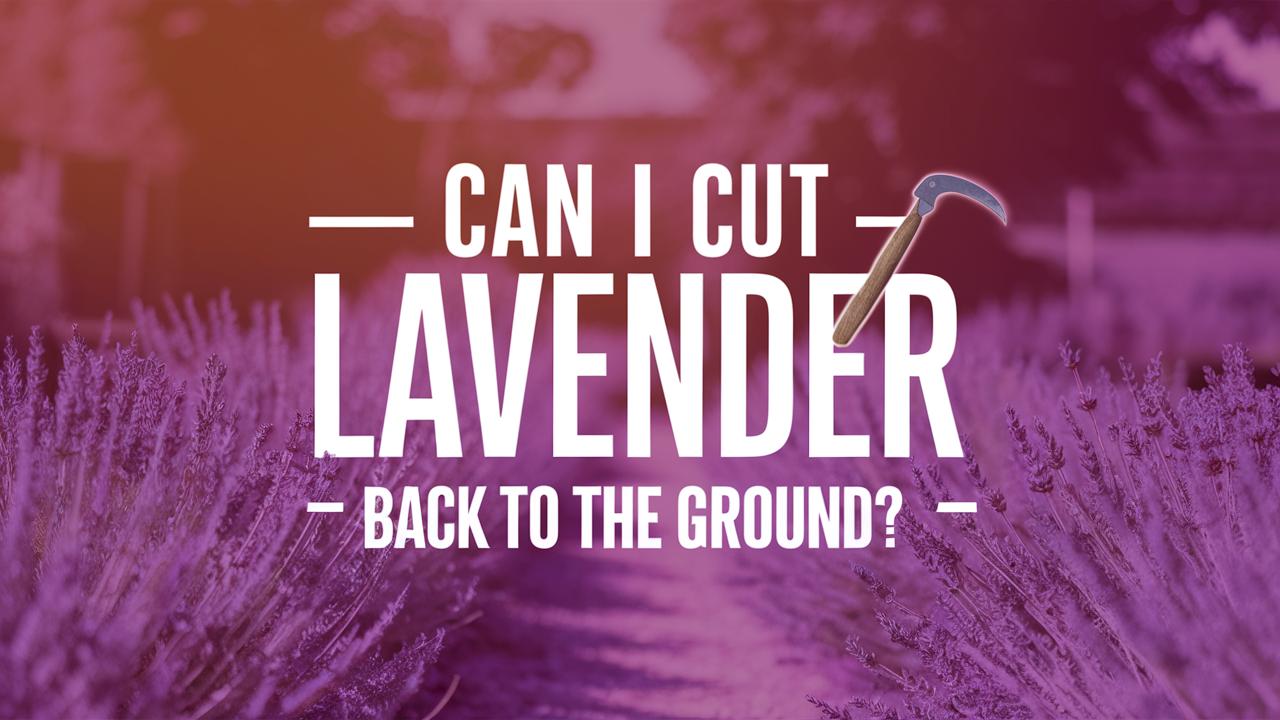This post aims to guide you through the nuances of pruning lavender, the conditions under which you might consider a hard cut, and best practices for ensuring healthy growth.
Understanding Lavender Growth Habits
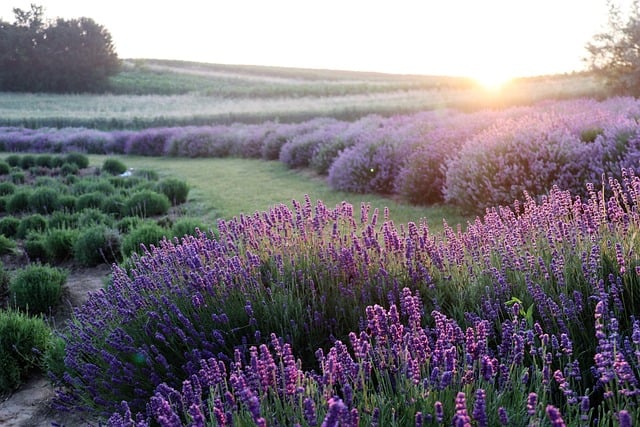
Before addressing the specifics of cutting lavender back, it’s essential to understand its growth habits. Lavender is a woody perennial, meaning it grows back year after year. Its structure typically features a woody base with softer, herbaceous growth on top. Over time, lavender plants can become woody and may show signs of decline if not properly cared for.
Lavender grows best in well-drained soil and full sunlight; it thrives in Mediterranean-like climates. The most common varieties of lavender include English lavender (Lavandula angustifolia), French lavender (Lavandula stoechas), and Spanish lavender (Lavandula dentata). Understanding the variety you have is crucial, as some types respond differently to pruning than others.
When is Pruning Lavender Necessary?
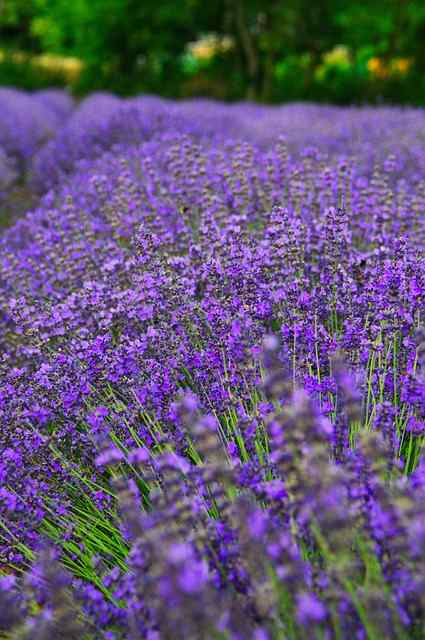
Pruning is an essential part of lavender care as it promotes new growth, maintains plant health, and aids in shaping the plant. Lavender can typically be pruned lightly each year. However, if you notice excessive woodiness in your plant or a significant reduction in flowering, it might be time to consider more substantial pruning.
If you are contemplating whether to cut lavender back to the ground, recognize that this is a drastic measure and should only be taken when certain conditions are met. For example, if your lavender is severely overgrown, shows signs of dieback, or has gone through a particularly harsh winter that has damaged its growth, you might consider a hard prune.
Assessing Plant Health
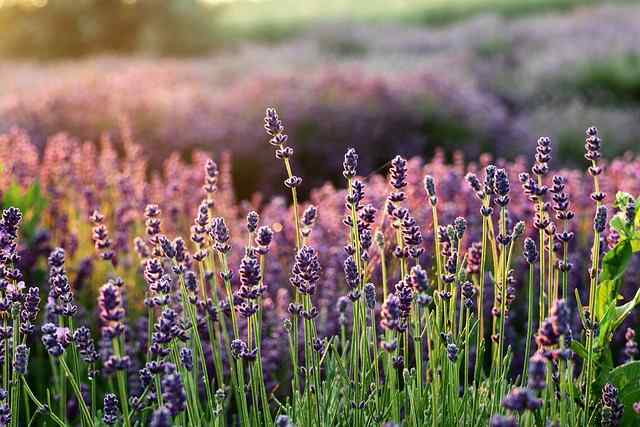
Before deciding to cut your lavender back to the ground, conduct a thorough assessment of your plant’s overall health. Look for signs such as:
Woody Stems: A healthy lavender plant typically has green growth at the tips of the stems. If the majority of the plant is woody with little to no green growth, cutting it back to the ground may be beneficial to encourage new growth.
Flowering Frequency: If your lavender is producing fewer blooms each season, it could be struggling. A hard cut can stimulate new growth and improved flowering.
Disease and Pests: Check for any signs of disease, rot, or pest infestations. If any part of the plant is beyond saving, a drastic cut may help remove affected areas and lead to healthier reinvigoration.
Environmental Factors: Consider the soil quality, drainage, and climate conditions. If lavender is not thriving due to poor environmental factors, addressing those issues post-pruning will be necessary to encourage regrowth.
Cutting Lavender Back to the Ground: Pros and Cons
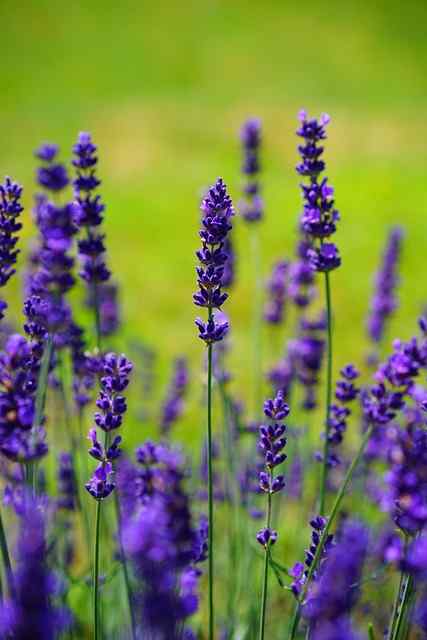
When considering cutting lavender back to the ground, it’s essential to weigh the potential benefits against the risks.
Pros
Revitalization: A hard cut can lead to more vigorous new growth and a healthier plant in the long run. It can help rejuvenate an aging plant that has lost its former glory.
Shape and Size Management: If your lavender has become leggy or sprawled out excessively, a ground-level cut can help you manage its shape and size, encouraging a more compact and visually appealing form.
Enhanced Bloom Production: Pruning can boost flowering in the following season. By cutting back, you create more space for new stems to emerge where blooms will flourish.
Cons
Risk of Shock: Cutting lavender back to the ground can shock the plant and affect its performance in the upcoming season. There is a risk that it may not recover, especially if done during the wrong time of year.
Loss of Established Growth: If the cut is made too harshly, you may remove established growth that would otherwise continue to thrive, potentially stunting future growth instead of promoting it.
Timing Sensitivity: The timing of the cut is crucial. If you do this at the wrong time (like late fall or winter when the plant is dormant), you risk killing it altogether.
The Best Time to Prune Lavender

Timing is crucial when pruning lavender. The best time to cut back your lavender depends on the climate in your area as well as the specific lavender variety.
Early Spring: For most gardeners, the ideal time to prune lavender is in early spring, just before new growth begins. This timing allows you to assess any winter damage while promoting fresh growth. You can typically identify effective pruning time by observing when the new leaf buds begin to emerge.
After Flowering: Another approach is to lightly prune lavender right after the flowers fade. This method is especially effective for maintaining shape and encouraging additional blooms later in the season. While you can’t cut it back to the ground after flowering, you can minimize the height to encourage bushier growth.
Avoid Late Winter/Early Spring: If you are in an area that experiences harsh winters, avoid cutting lavender back in late winter, as this can expose the plant to cold temperatures and frost damage. Allow it to emerge from its dormant state before making any cuts.
How To Prune Lavender: Step-By-Step Instructions
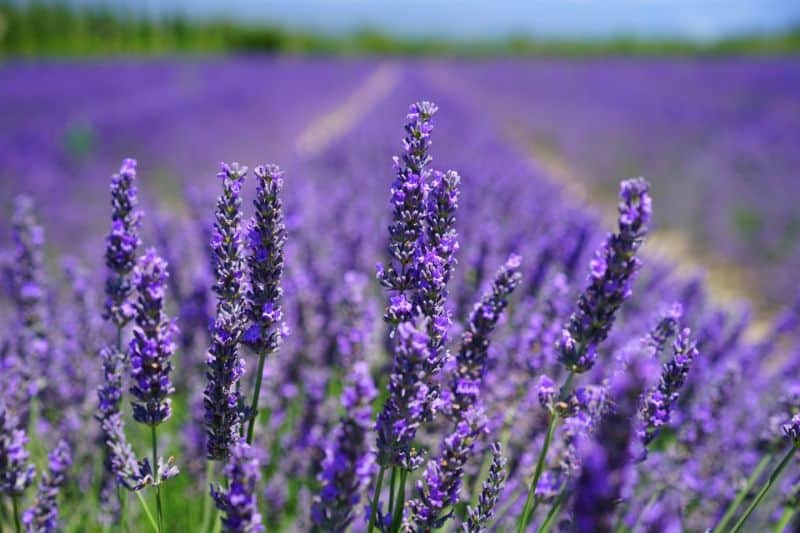
If you’ve assessed your lavender and determined that a significant cutting is necessary, follow these guidelines to successfully prune your plant:
Step 1: Gather your Tools
Ensure you have the right tools for the job. A good pair of sharp pruning shears and clean garden gloves will help you achieve a clean cut and protect your hands.
Step 2: Choose the Right Time
Pick a sunny day in early spring or right after the blooming season ends, as previously discussed.
Step 3: Assess The Plant
Do a close examination of the plant before cutting. Identify the healthy green parts and note the woody base where cutting is to be initiated.
Step 4: Make Your Cuts
Beginning from the top, gradually work your way down the plant. When cutting back to the ground, aim to leave about 1-2 inches of the woody stems. Be careful not to cut too low where the plant might struggle to generate new shoots.
Step 5: Clean Up
Remove any trimmings from the ground to avoid any potential pests that could weaken your plant. Take care of any debris that might interfere with new growth.
Step 6: Monitor Watering and Care
After a hard cut, it’s crucial to maintain diligent care. Ensure the plant isn’t overwatered, allowing for healthy drainage. Once new growth appears, you can adjust your watering routine accordingly.
Caring for Lavender After a Hard Cut

Once you’ve cut back lavender to the ground, your responsibilities continue with aftercare. Here’s how you can support your lavender during its recovery phase:
1. Watering Needs
After cutting back, lavender needs a balanced but cautious watering approach. Immediately after pruning, water lightly to help it settle but avoid drowning the roots. Lavender is drought-resistant, so err on the side of underwatering rather than overwatering.
2. Fertilization
Be judicious with fertilization. Generally, lavender thrives on poor soils, but a balanced liquid fertilizer in the early spring can kick-start growth after a significant cut. Avoid high-nitrogen fertilizers, as these can lead to excessive leaf growth at the expense of flower production.
3. Sunlight Requirements
Ensure that your lavender plants receive plenty of sunlight, ideally at least six to eight hours daily. This sunlight is vital for encouraging vigorous growth and can help the plant bounce back from a severe cut.
4. Mulching
Applying a light layer of mulch around the base of the plant can help retain moisture and regulate soil temperature. However, ensure the mulch doesn’t touch the stems, as this can lead to rot.
When to Avoid Cutting Lavender
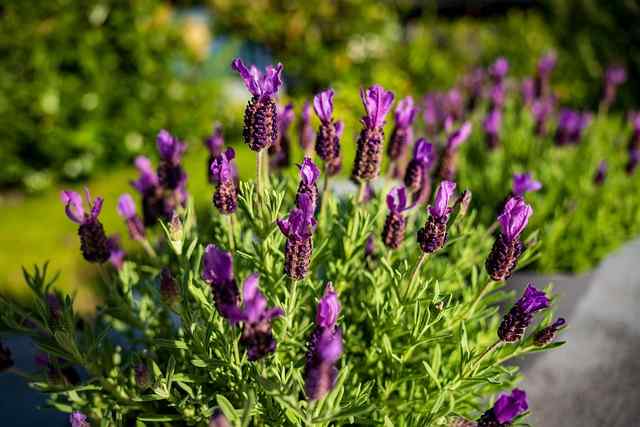
While cutting lavender can be beneficial, there are specific situations where it’s best to refrain from doing so.
During Dormancy: Avoid heavy pruning during winter or late fall, when the plant is dormant. Harsh weather conditions can harm the freshly cut growth.
If the Plant is Too Young: Newly planted lavender should be allowed to establish itself in the first year. Hard cuts should be reserved for more established plants, typically those that have been in the ground for at least two years.
If You’re in a Colder Climate: In regions with harsh winters, it’s wise to be conservative with cutting back. An overly intense cut can expose the plant to cold weather, potentially damaging the stems and root systems.
Frequently Asked Questions About Lavender Pruning
Can I cut back lavender after it flowers?
Yes! After the flowering season, it’s an excellent time to do light pruning, removing spent blooms and some of the greenery to maintain its shape and encourage further growth.
What if I accidentally cut into the woody part of the lavender?
If you cut into the woody part, don’t panic; lavender can still recover. Ensure you care for it properly by providing adequate sunlight and ensuring good drainage.
Will lavender come back after being cut back hard?
Most often, yes! Lavender is resilient and can bounce back beautifully when cut back at the right time and maintained with proper care.
Can I harvest lavender before cutting it back?
Absolutely! Feel free to harves


